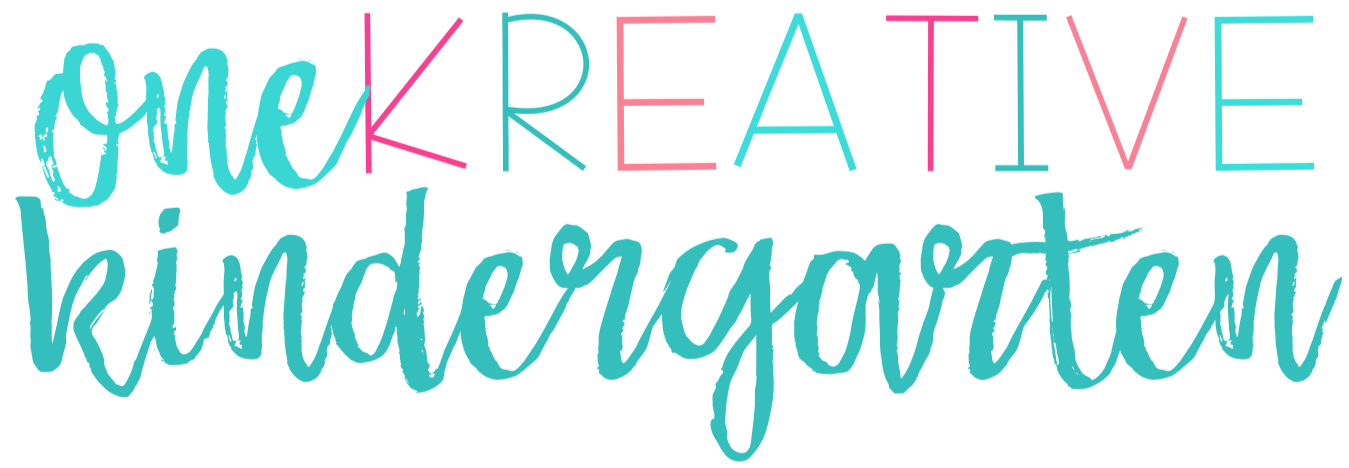Do you feel like you’re constantly picking up after your students in order to keep your room tidy? Why don’t you get the students to help?! My kinder students LOVE to have responsibilities. It makes them feel like they’re adults and they love being helpful. I organize my room and supplies so students can independently keep things clean. That way, when I give them responsibilities during clean up time, they put things away to my satisfaction, eliminating the need for me to clean up after them.

Room Organization
My first tip is to spend some time in the beginning of the year showing students where things belong in your room. I set my room up in sections. I have a writing center, listening center, word work area, math area and of course a free play section. Having sections in your room make it easier for students to know what things belong where and where they can go when they need a certain material. Check out my classroom reveal to see exactly what my room looks like!
In the beginning of the year, I give a classroom tour. During my tour, I show students what they can find in each area of the classroom.
- Writing Center: paper, markers, extra crayons and colored pencils and our sharp/dull bins
- Listening Center: iPads, passwords, headphones
- Word Work: word work center materials, extra whiteboard pens/erasers, whiteboards, magnets, cookie sheets
- Math: math manipulatives, puzzles, any math centers we’re using
- Free Play: toys, the kitchen, blocks, Legos, dress up etc (this center is always the toughest to keep clean)

Within each station there is a system of how students can independently keep things clean and organized without my help.
For example:
- Writing Center: I have a sharp and dull bucket. Students know when they have dull pencils or colored pencils, they put them in the dull bucket. Then, students can grab a sharp pencil or colored pencil in this area.
- Listening Center: Students keep their headphones in a pocket of a shoe organizer. The pocket has their name so they know exactly where their headphones belong.
- Word Work, Math and Free Play: Everything in these sections are labeled with a picture of the real classroom item. This helps students know exactly what should go where and what they can expect to find in certain spots.

Storage Organization
My second tip goes along with the last bullet point: label, label, label (and with real pictures). It is especially important to label with pictures if you teach kindergarten because they likely can’t read yet.
I also try to put things in bins or boxes to make it easy to stack and fit as much as I can in a small amount of space.
Some things I have in my classroom that you might want to try for your storage organization:
(Affiliate Links)
Classroom Jobs
The last tip that has saved me lots of clean up time is to give students classroom jobs that specifically help clean up certain things.
- Librarian: The librarian puts books away (pretty obvious). I organize this by color coding my library. Each category of books has a color and the librarian knows where to put each book because the label on the book bin has the same color. Once students are done reading their book, they put the book in one of two purple bins. The librarian puts the books in the purple bins away whenever they have some free time.
- Scrap patrol: This person is in charge of making sure all the scraps are picked up off the floor and tables. I make sure to tell this person that they do not have to be the person cleaning but they can give friendly reminders to their classmates and help out whenever they can.
- Lunch monitor: We keep our lunch boxes in two blue bins. When it’s time to clean up, the lunch monitor makes sure every student has taken their lunch box. I’ve had too many students forget their lunch box in the blue bin and it stays overnight getting very yucky and stinky.
Check out my bright, chevron themed classroom job set by clicking the picture! Or click here if you’d like a jungle theme!
These tips have helped my sanity in keeping the classroom clean but also not having to clean it all myself. Kindergarten students are very capable if you give them the right tools to be successful.
How do you keep your classrooms tidy?






